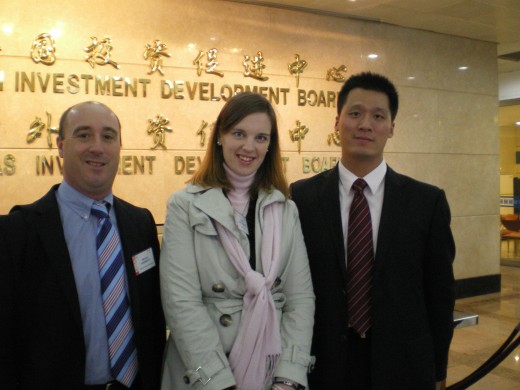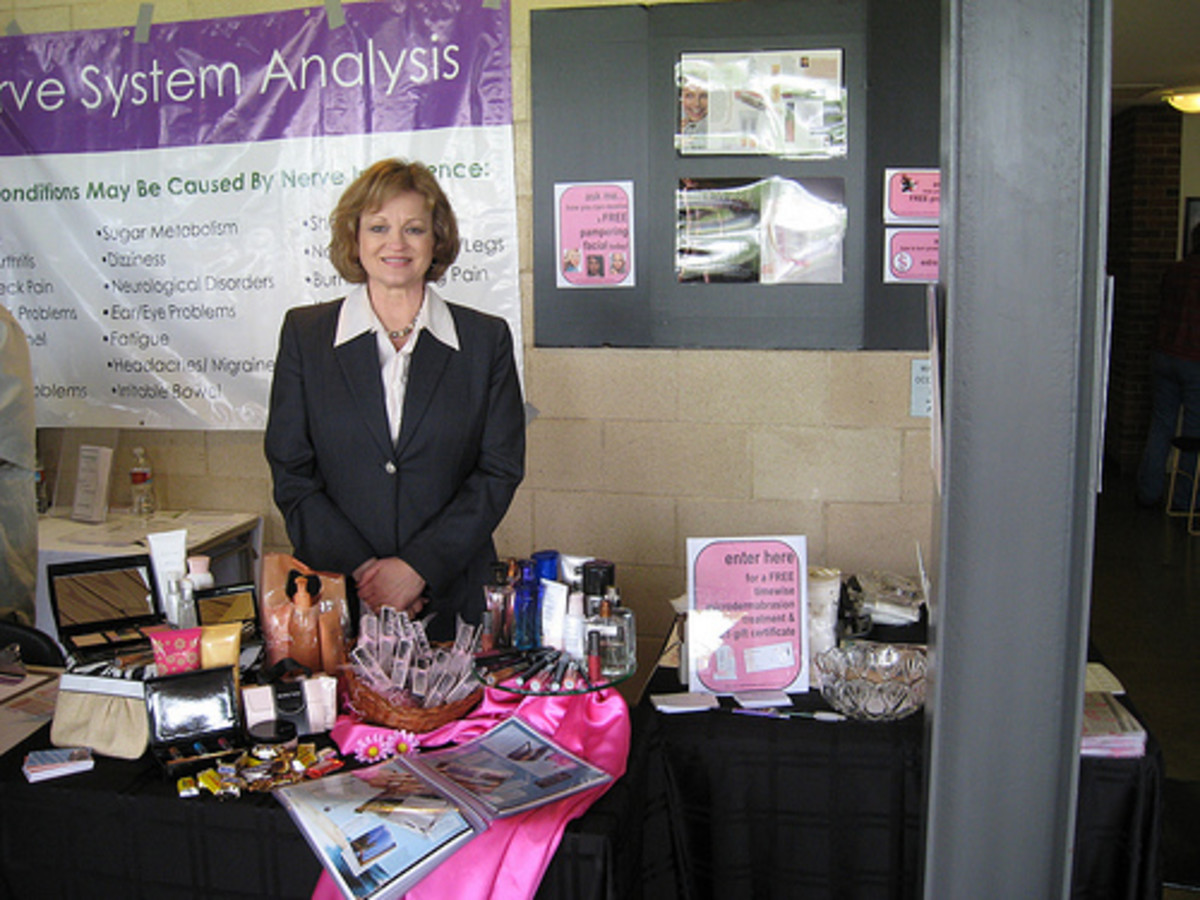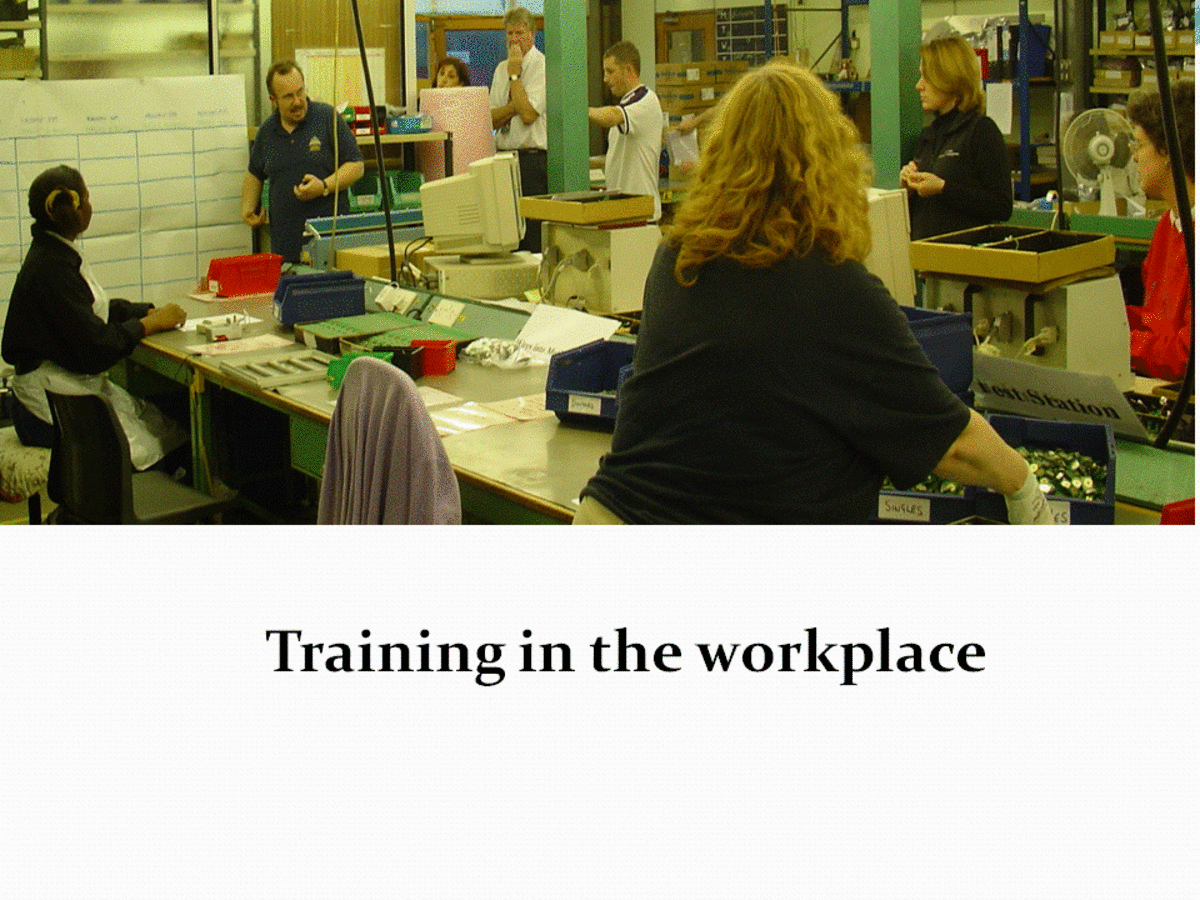How to get maximum value from a consultant-client interview

What I Learned
Recently with a team of other students I took on a consulting project as a part of my MBA. This blog recounts my experience when I met with the client for a one-on-one for the first time with to brainstorm potential business plans and opportunities for the project.
Once I left the meeting I had the primary objective completed; I had a full scope of what the client wanted. I just felt that the client narrowed the scope and wasn’t prepared to think outside the square to drive innovative thought and potential blue ocean opportunities.
The client will get what they have ordered, but the opportunity of this meeting was not just to keep to preconceived ideas, but rather to explore new opportunities. It is not often that a business has an opportunity to explore new options and as these are precious I needed to convince him of the benefits of different thinking. While I did use the SCAMPER technique to brainstorm it was clear from the outset that the business opportunities were narrowed to that explored back in the initial contact meeting, some months prior.
There is still an issue that we need to overcome with the client in convincing him that we are not just students, but professionals who know what we are about, eg experts (Nikolova & Devinney, 2007, pp. 4-5). This can demonstrate this to him in fortnightly catch ups and milestone reports.
What Lessons Have I Learned?
There are two learning opportunities for me:
1. I need to listen to what the client wants, work within these boundaries that have been set, but to also explore (independently) other opportunities that lie within these boundaries (Wickham & Wickham, 2008, pp. 116-119) to see if I can be innovative in solutions and find some blue ocean or new competitive advantage for the business opportunity. This is an example of Collin’s Level 5 Leadership – humility to listen to the client, but also the will to look for new opportunities (Collins, 2001, p.71).
2. I need to demonstrate to the client that I am the expert in this area and while I value in his input that I need scope to look at alternate opportunities in order to determine whether there are current unseen opportunities for the project that are better than the ones presented.
What Action Will I Take?
I will use the project scope and Work Breakdown Structure as a tool to inform the client that the business opportunities section of the project is wider than that briefed by the client. That my output will cover all opportunities discussed but that it is flexible enough to pursue new opportunities that may arise. My final presentation in June on business opportunities will be the true measure of my success in selling to the client that the team are experts and not just students.
References:
Collins, J, 2001, ‘Level 5 Leadership: The Triumph of Humility and Fierce Resolve’, Harvard Business Review , January, pp. 67-76
Nikolova, N & Devinney, T, 2007, ‘The Nature of Client-Consultant Interaction: A Critical Review’, UTS: School of Management Working Paper , No. 2007/3
SCAMPER technique
Wickham, P. & Wickham, L., 2008, Management Consulting: Delivering an Effective Project , Third Edition, Prentice Hall, Harlow, England









